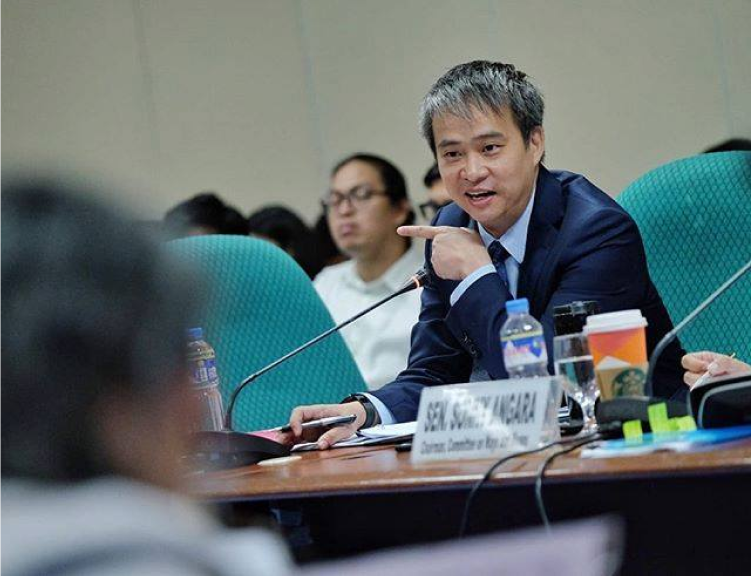
Villanueva calls on IATF: Start drawing up guidelines on priority list to avoid overlaps in vaccine roll out
While negotiations are ongoing between the government and pharmaceutical firms who intend to supply COVID-19 vaccine for the country’s inoculation program, Senator Joel Villanueva called on the Inter-Agency Task Force to begin drawing up a clear-cut master list of beneficiaries to ensure no overlaps in the selection given the limited resources.
Villanueva, chair of the Senate labor committee, emphasized the importance of the precise targeting of beneficiaries because based on the initial priority list of the government, a person can fall under multiple categories.
“The IATF should start drawing up guidelines as early as now so that we can maximize the distribution of the vaccines given the limited supply. A person could easily fall under two and more categories, so there must be a clear set of guidelines on this,” Villanueva said in a statement. “We should already be anticipating the kinds of issues we would encounter once the roll-out begins.
The lawmaker welcomed the expansion of the IATF’s priority list, which increased to about 35 million to include essential workers, seafarers, and overseas Filipino workers.
In December, Villanueva appealed to the government for the inclusion of essential workers, saying that public utility drivers, market attendants, food manufacturing workers, garbage collectors and street sweepers, other workers in the food industry, delivery riders, logistics personnel, among others, provide important services to ensure the economy keeps going.

“We should already be anticipating the kinds of issues we would encounter once the roll-out begins.”
The IATF’s initial priority list is composed of frontline health workers (1.76 million), indigent senior citizens (3.78 million), remaining senior citizens (5.67 million), remaining indigent Filipinos (12.9 million), and uniformed personnel (about 525,523), which is roughly 24.6 million.
Villanueva explained that IATF would need to precisely identify the 10.4 million additional beneficiaries considering that about 25% or about 10 million of the country’s 39.8 million employed workers as of the October 2020 Labor Force Survey are in “elementary occupations.” The Philippine Statistics Authority says that among those involved in elementary occupations are unskilled labor such as “street vendors, cleaners, domestic helpers and farm hands.”
PSA data also shows that about seven million workers are in sales or service occupations.
“We do not want overlaps in the priority list. Given the limited supply, we must ensure that each dose goes to the rightful beneficiary,” Villanueva pointed out. “While unemployment eased in October to 8.7% or about 3.8 million jobless workers, we must understand that the people also stopped looking for work. The slump is getting into the heads of our workers, and the vaccination program will help boost both the confidence of workers and our businesses as well.”
“We cannot afford to drop the ball on this. The stakes are too high. Our country’s economic recovery depends largely on this,” Villanueva added.
